The American Jersey Cattle Association has announced the 2023 Jersey All American and Reserve All American winners. The annual All American events are held in conjunction with the North American International Livestock Exposition in Louisville, Ky. There were 379 Registered Jerseys in the ring on November 5-6, 2023.
The winners in each class were:
Spring Heifer Calf
Four-Hills Boomerang Marvelous {6}, Megan and Sarah Hill, Bristol, Vt., All American winner
Z-Class CC & Cranberry Juice-ET, Mason Ziemba, Durhamville, N.Y., Reserve All American winner
Winter Heifer Calf
Spatz Joel Special Getaway-ET, Crestbrooke and Spatz Cattle Company, Fond du lac, Wis., All American winner
Bolle Acres Kid Rock Maple, Max, Carrie Jo, Drew, Lane, Sophie and Ellie Bollenbacher, Argos, Ind., Reserve All American
Fall Heifer Calf
Gold Star Ferdinand Celia-ET, Aubree Hoegger and Rosalee Zehr, Pontiac, Ill., All American winner
Arethusa Joel Caroline-ET, Jasenko and Tarik Garvanovic and Hannah Nelson, Nicollet, Minn., Reserve All American winner
Summer Yearling Heifer
Reich-Dale Victory Shabang-ET, Hayden Reichard, Chambersburg, Pa. All American winner
Kaymanor Victorious Bambino, Franchise, & Valley Gem & Central Coast Jersey & Enhanced Genetics, Ashville, Ohio, Reserve All American winner
Spring Yearling Heifer
Gordons Joel Gracious, Phil & Abigail, Katelyn, William & Matthew Gordon, Syracuse, Ind., All American winner
DKG Gentry Cream, Blake Kenneth Greiwe, Quincy, Ohio, Reserve All American winner
Winter Yearling Heifer
South Montain Whistlin Dixie-ET, Glamourview – Iager and Walton, Md., All American winner
Pride Rock Victorious Secret-ET, Austin, Sandy and Kyle Baker, Staley, N.C., Reserve All American winner
Milking Winter Yearling
Make a Star VIP Reed Mamie, Kate, Kamryn, Colt Kasbergen and Kash-In Jerseys, Tulare, Calif., All American winner
Pacific Edge Maid By V.I.P., Joe and Sarah Rocha and Kara Hale, Tillamook, Ore., Reserve All American winner
Milking Yearling
MM VIP Ruby-ET, Misty Meadow Dairy and JD Heimerl, Tillamook, Ore. All American winner
MM VIP Jubilee-ET, Kate, Kamryn, Colt Kasbergen and Kash-In Jerseys, Tulare, Calif. Reserve All American winner
Summer Junior Two-Year-Old Cow
Dements Victorious June, DeMents Jerseys and Kilgus Dairy and Carla Kilgus, Fairbury, Ill. All American winner
Reich-Dale Shakin Shifter, Hayden Reichard, Chambersburg, Pa., Reserve All American
Junior Two-Year-Old Cow
Lookout Joel She’s Spicy, River Valley Farm, Tremont, Ill., All American winner
Pacific Edge VIP Tessah-ET, Pacific Edge Jerseys and Coltan Seals, Tillamook, Ore., Reserve All American winner
Senior Two-Year-Old Cow
Windy Knoll View Checkers, Brinkley Cole Burdette, Mercersburg, Pa., All American winner
Vierras Kidrock Sable-ET, Moretti Dairy, Tillamook, Ore. Reserve All American
National Jersey Jug Futurity
Ratliff Irwin Cadillac-ET, Ron and Christy Ratliff, Garnett, Kan., All American Winner
WF Terpster Blessing, Reese and Brinkley Burdette and Waverly Farm, Mercersburg, Pa., Reserve All American winner
Junior Three-Year-Old Cow
Pacific Edge VIP Escort, R&R Dairy, Tillamook, Ore., All American winner
Nor-Bert Andreas Dime, Dalton, Dillon and Breanne Freeman, Breman, Ind., Reserve All American winner
Senior Three-Year-Old Cow
Kilgus Victorious Maria {6}, Kilgus Dairy and Carla Kilgus, Fairbury, Ill., All American winner
Hillacres Chrome Hibiscus, Nicole Arrowsmith, Peach Bottom, Pa., Reserve All American
Four-Year-Old Cow
Rivendale VIP Eloise, Vierra Dairy, Hilmar, Calif., All American winner
South Mountain Fizz Chablis-ET, Misty Meadow Dairy, Tillamook, Ore., Reserve All American winner
Five-Year-Old Cow
Lone Pine Nighttrain Lula, Pacific Edge, Legendairy and David Jordan, Tillamook, Ore., All American winner
DC Comerica Sasscee, Kate, Kamryn, Colt Kasbergen and Kash-In Jerseys, Tulare, Calif., Reserve All American
Aged Cow
Bolle-Acres Reviresco Tyra {4}, Max, Carrie Jo, Drew, Lane, Sophie and Ellie Bollenbacher, Argos, Ind., All American winner
DKG Motion Jolly, Jim and Jody Bolen and Colton and Marissa Northrup, Fremont, Ohio, Reserve All American winner
Lifetime Cheese Production Cow
Bri-Lin Valson Spritz, Vierr Dairy, Hilmar, Calif., All American winner
South Mountain Premier Sprite, Misty Meadow Dairy, Tillamook, Ore., Reserve All American winner
The 71st All American Jersey Show results were posted on the USJersey website at https://www.usjersey.com/AJCA-NAJ-JMS/AJCA/InTheNews/OpenShow2023.aspx, along with complete show coverage published in the January 2024 issue of the Jersey Journal.
Photos of the winners and reserve winners will be available on the official website of The All American Jersey Shows and Sales at: https://theallamerican.usjerseyjournal.com/2023-all-americans-reserve-all-americans/
An annual production of the American Jersey Cattle Association, the All American is held in conjunction with the North American International Livestock Exposition in Louisville, Ky. More than 100 Jersey breeders and enthusiasts from across the United States donate their services to planning and staging the three shows, two sales and youth awards program that make up the most exciting weekend of dairy breed promotion in the world. For information on sponsorship opportunities, contact All American Coordinator Kim Billman at 614/322-4451 or info@usjersey.com.
 Lynn F. Main, Sr. (Ken) Obituary 1945-2023
Lynn F. Main, Sr. (Ken) Obituary 1945-2023




 Lynn F. Main, Sr. (Ken) Obituary 1945-2023
Lynn F. Main, Sr. (Ken) Obituary 1945-2023 The Horace Backus memorabilia collection will be auctioned off on November 28-30. Some of the items in this auction date back to the 1800s. Everything takes place on
The Horace Backus memorabilia collection will be auctioned off on November 28-30. Some of the items in this auction date back to the 1800s. Everything takes place on  James Mark Oechsle, age 64, passed away on November 15, 2023, at Lutheran Memorial Medical ICU as a result of an accident sustained at work. He was born in Midland, Michigan, to the late Marlin Oechsle and Vivian (Showalter) Oechsle February 5, 1959. He married Cheryl J. Schroer on November 17, 1990.
James Mark Oechsle, age 64, passed away on November 15, 2023, at Lutheran Memorial Medical ICU as a result of an accident sustained at work. He was born in Midland, Michigan, to the late Marlin Oechsle and Vivian (Showalter) Oechsle February 5, 1959. He married Cheryl J. Schroer on November 17, 1990. Holstein UK is delighted to announce that Marcel Egli of Lucerne, Switzerland has been appointed as the judge of The National Holstein Show at UK Dairy Day 2024.
Holstein UK is delighted to announce that Marcel Egli of Lucerne, Switzerland has been appointed as the judge of The National Holstein Show at UK Dairy Day 2024.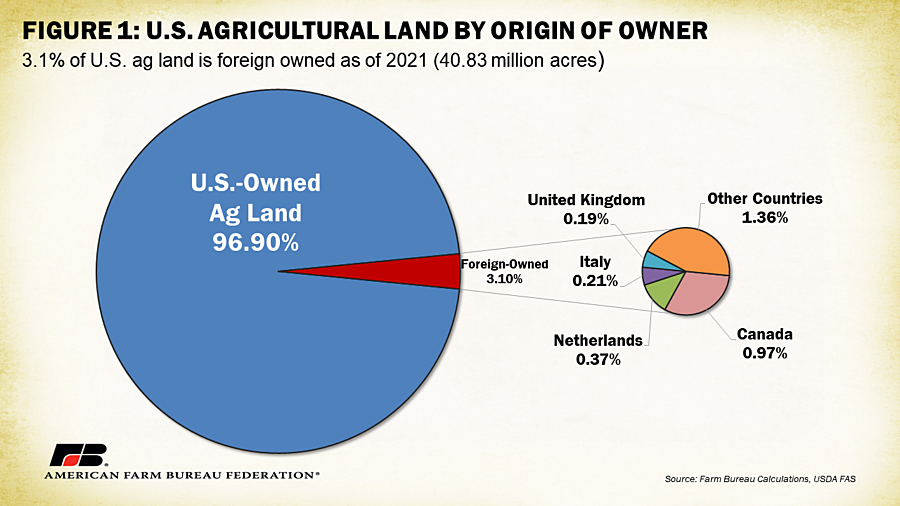
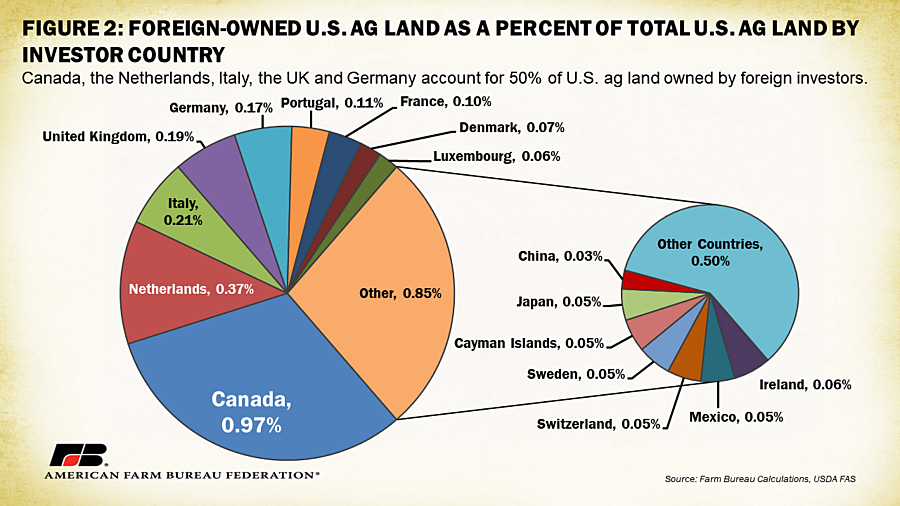
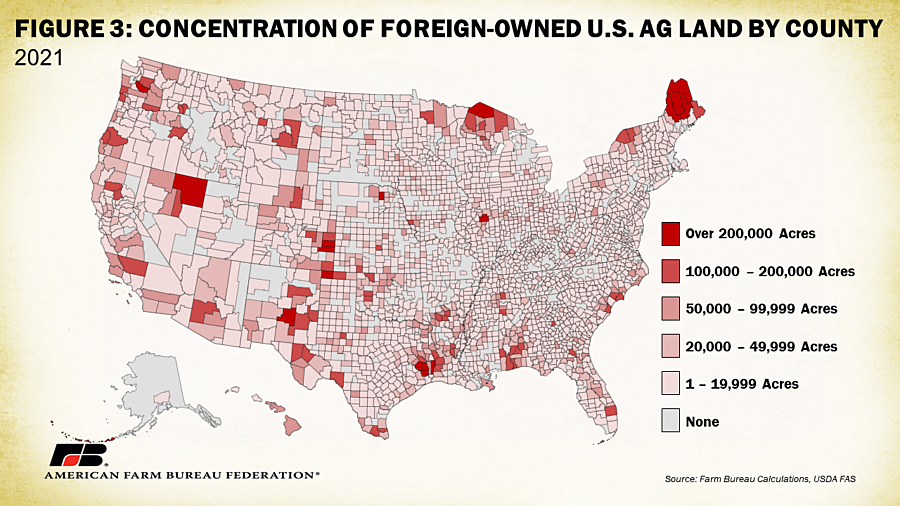
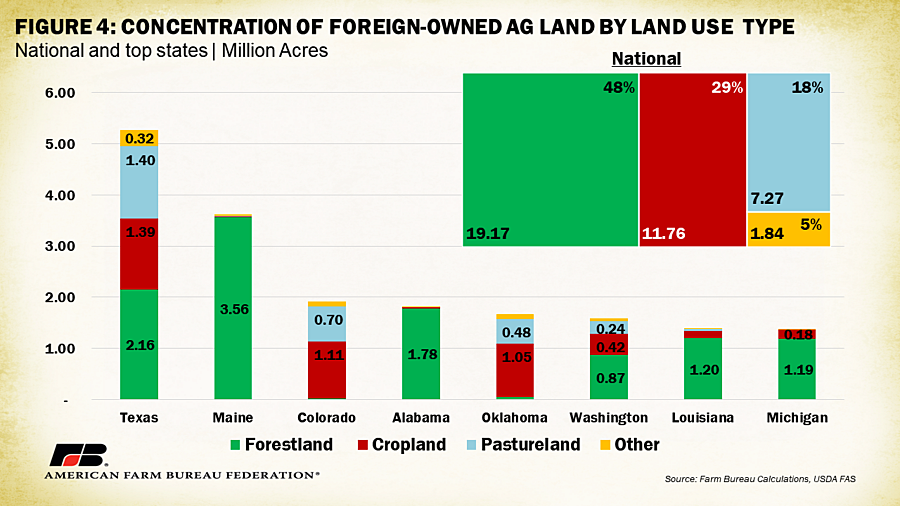
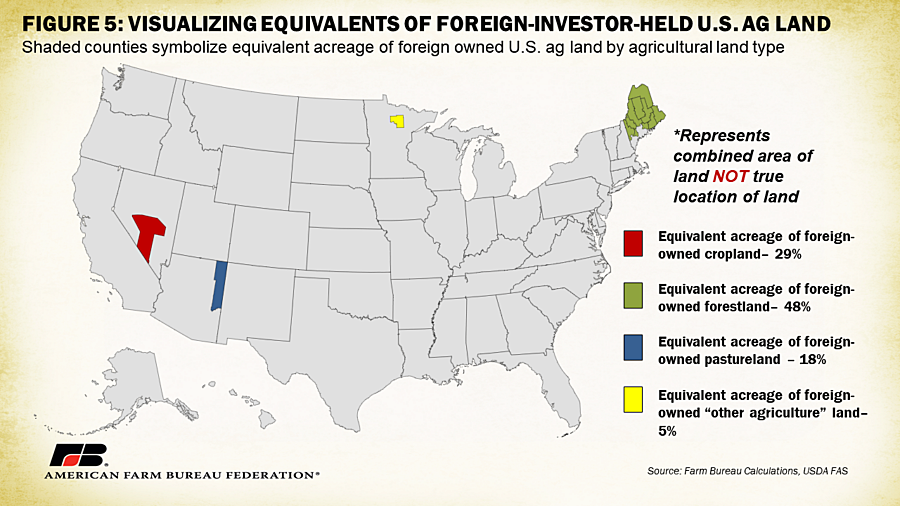
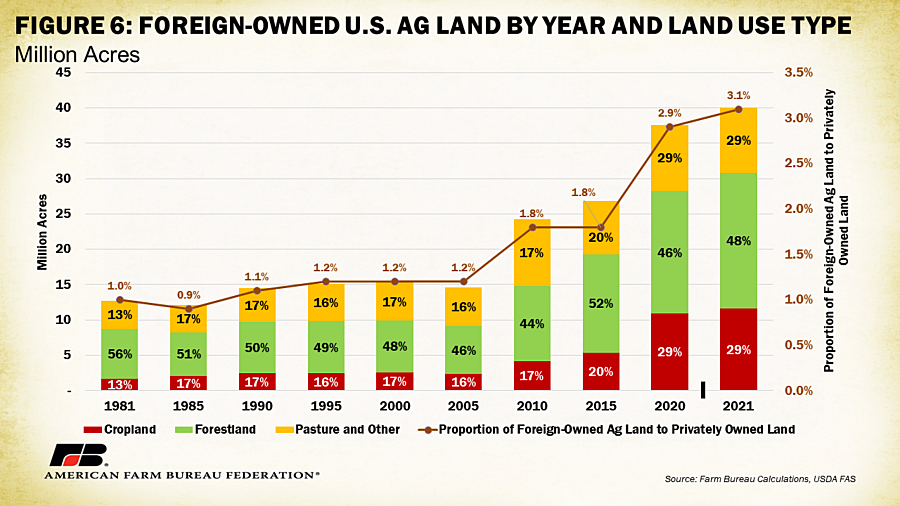
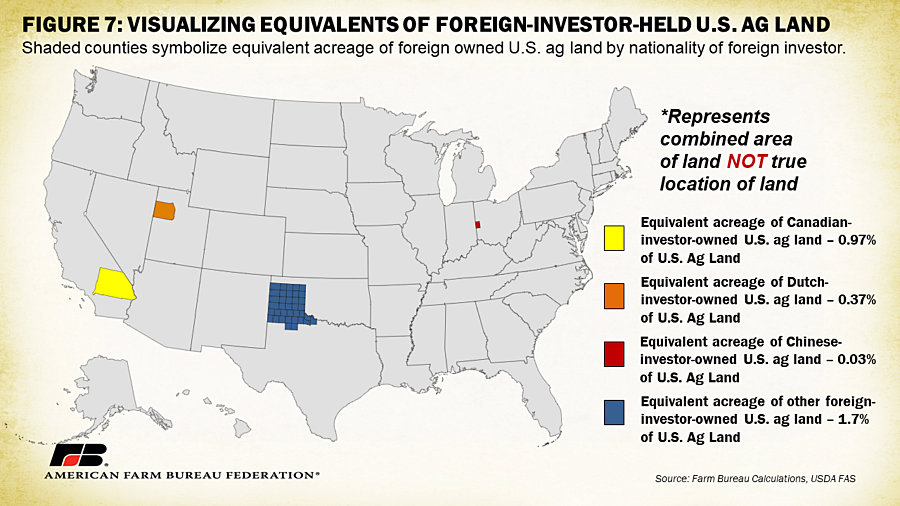
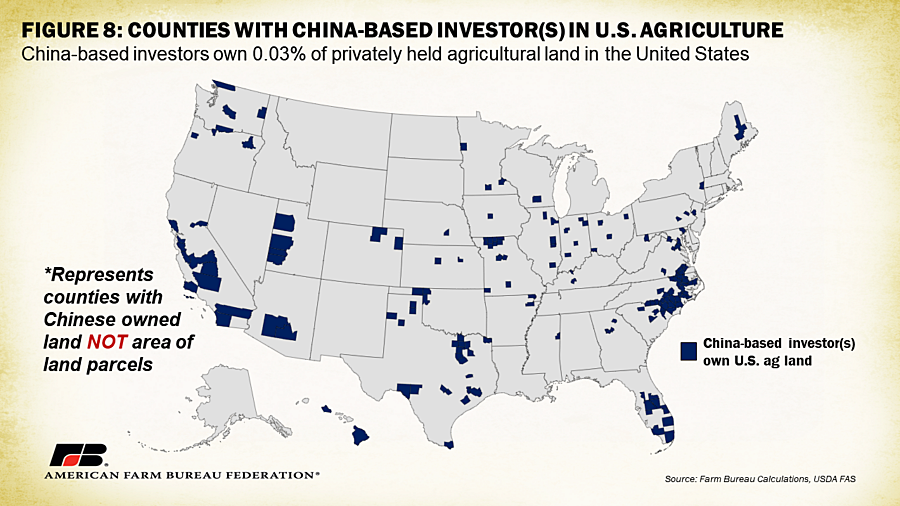
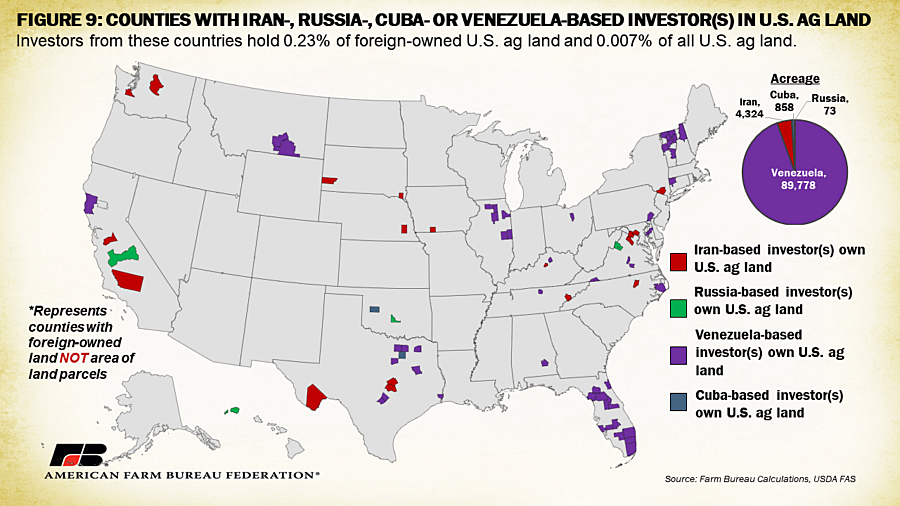






 Everyone at The Bullvine sends our heartfelt condolences to Bill Schilling’s family and friends.
Everyone at The Bullvine sends our heartfelt condolences to Bill Schilling’s family and friends.





